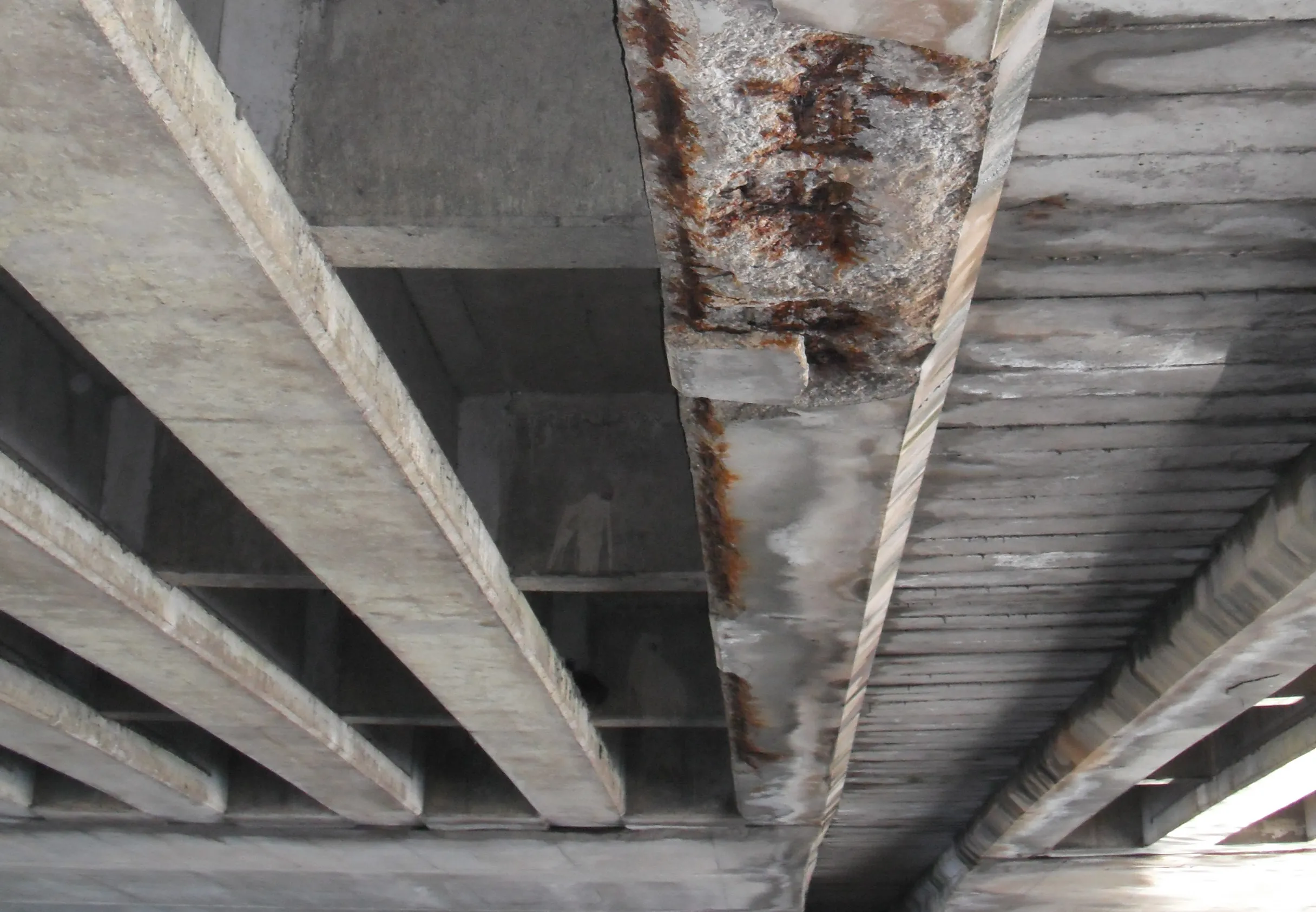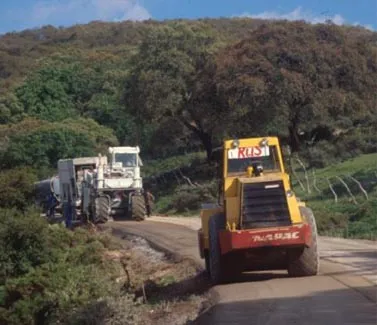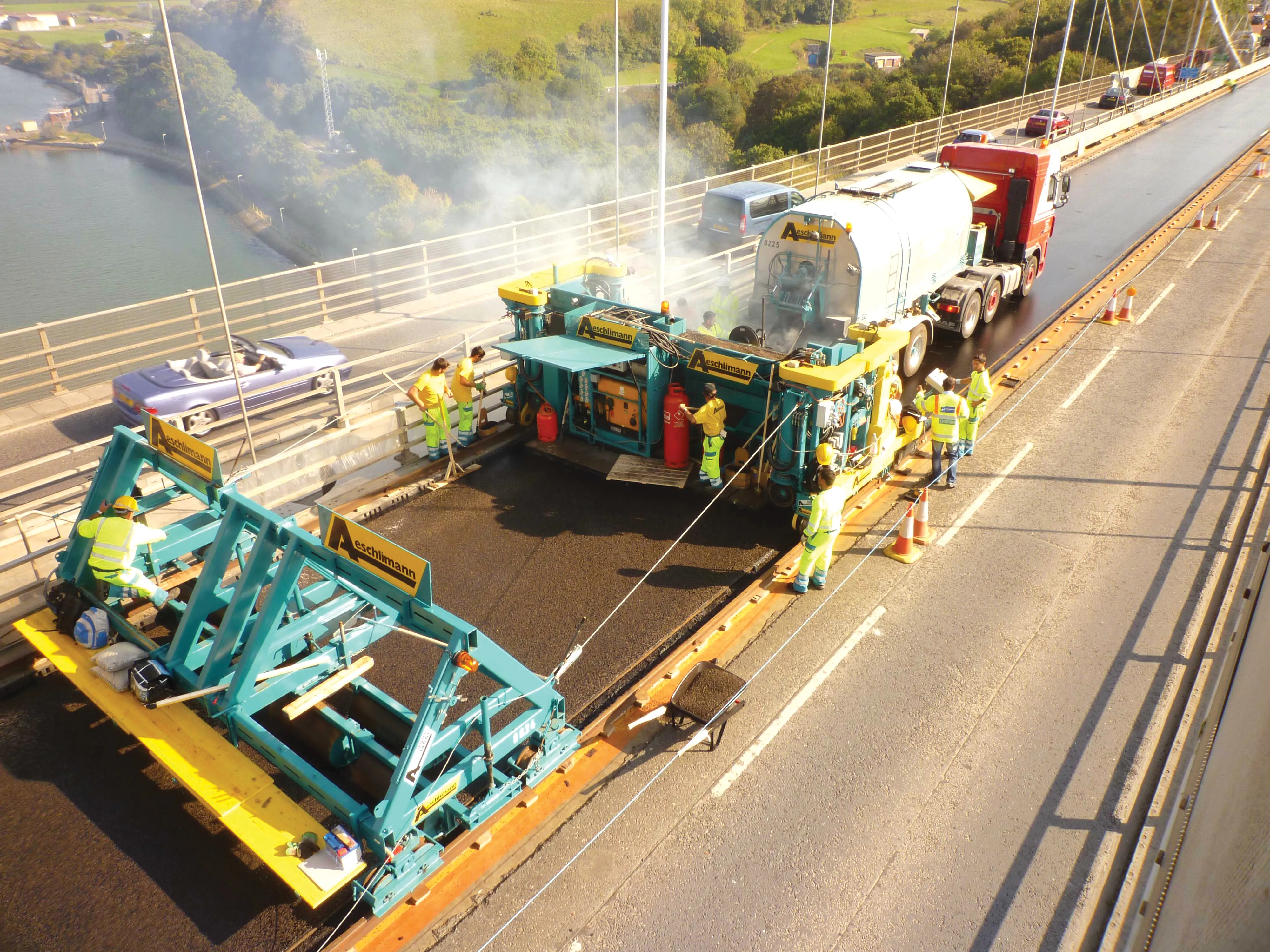Independent testing carried out at the VINCI Construction Technology Centre has now confirmed that Flexcrete’s Cementitious Coating 851 will provide an effective barrier to chlorides for at least 29 years. In 1988, a 2mm thick film of Cementitious Coating 851 was applied to a concrete slice and sealed in a chloride ion diffusion cell and it is still going strong some 29 years (10,586 days) later. Ongoing tests carried out in the VINCI Construction Technology Centre laboratory show that the barrier properti
July 3, 2018
Read time: 2 mins

Independent testing carried out at the 3085 VINCI Construction Technology Centre has now confirmed that Flexcrete’s Cementitious Coating 851 will provide an effective barrier to chlorides for at least 29 years. In 1988, a 2mm thick film of Cementitious Coating 851 was applied to a concrete slice and sealed in a chloride ion diffusion cell and it is still going strong some 29 years (10,586 days) later. Ongoing tests carried out in the VINCI Construction Technology Centre laboratory show that the barrier properties of 851 have not changed after the test period spanning 29 years.
Manufactured by Flexcrete Technologies, part of the AkzoNobel group of companies, Cementitious Coating 851 is an advanced, two component, waterborne cementitious modified polymer coating. It is specified on both existing and new structures to waterproof concrete, reinstate concrete cover and provide a barrier to chloride ingress in sectors such as coastal highways. A 2mm coating of Cementitious Coating 851 is equivalent to 100mm of good quality concrete cover.









